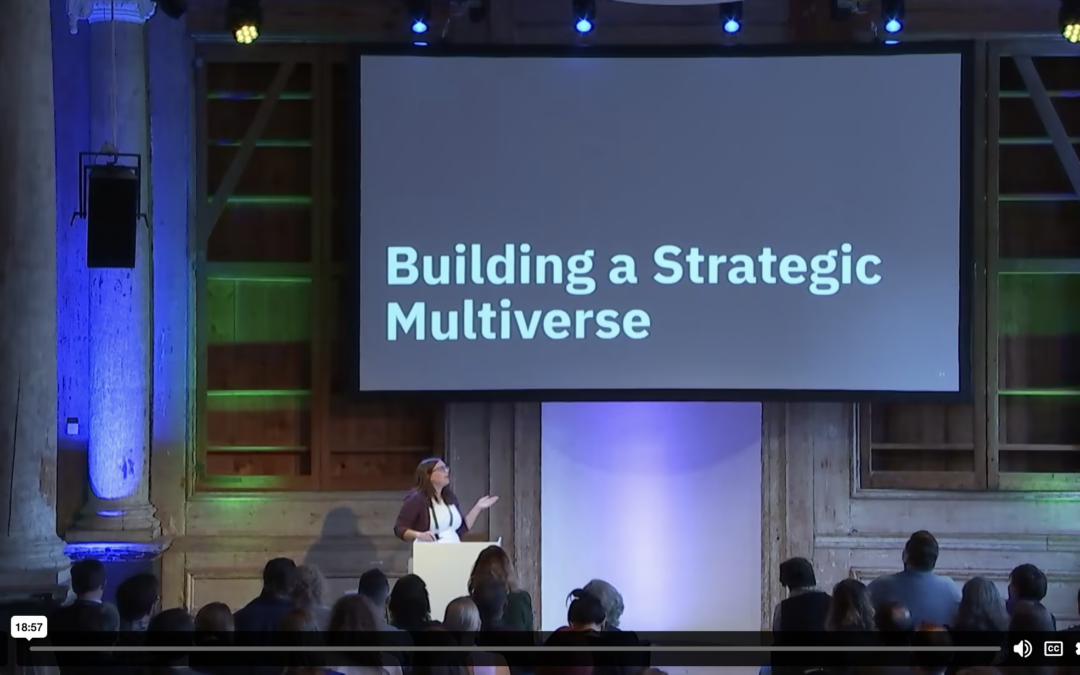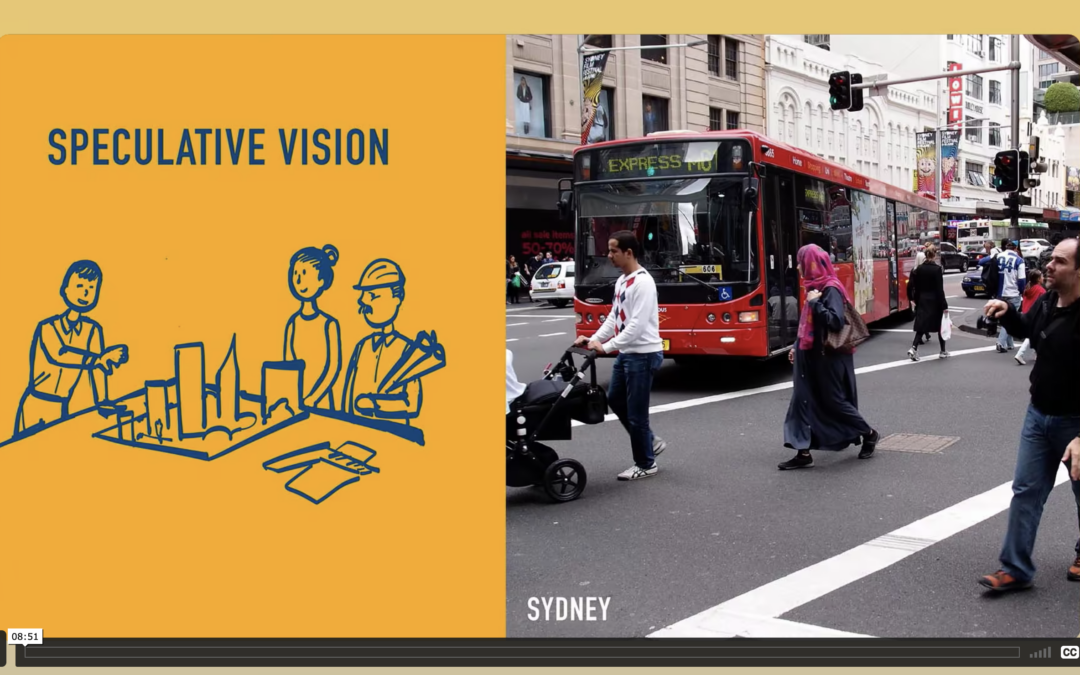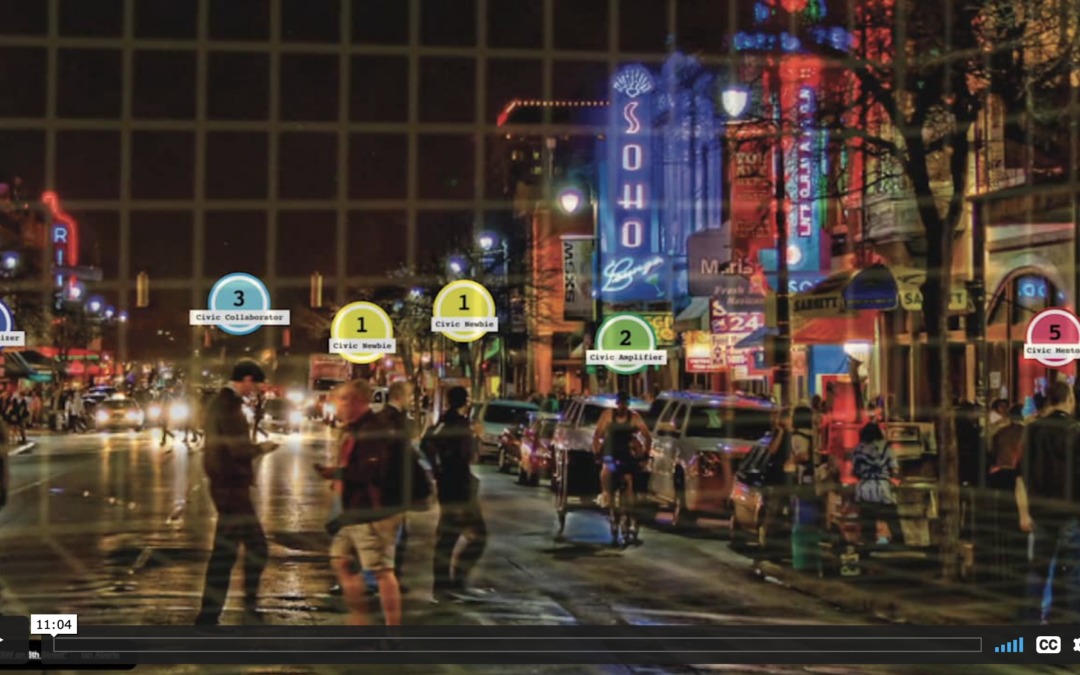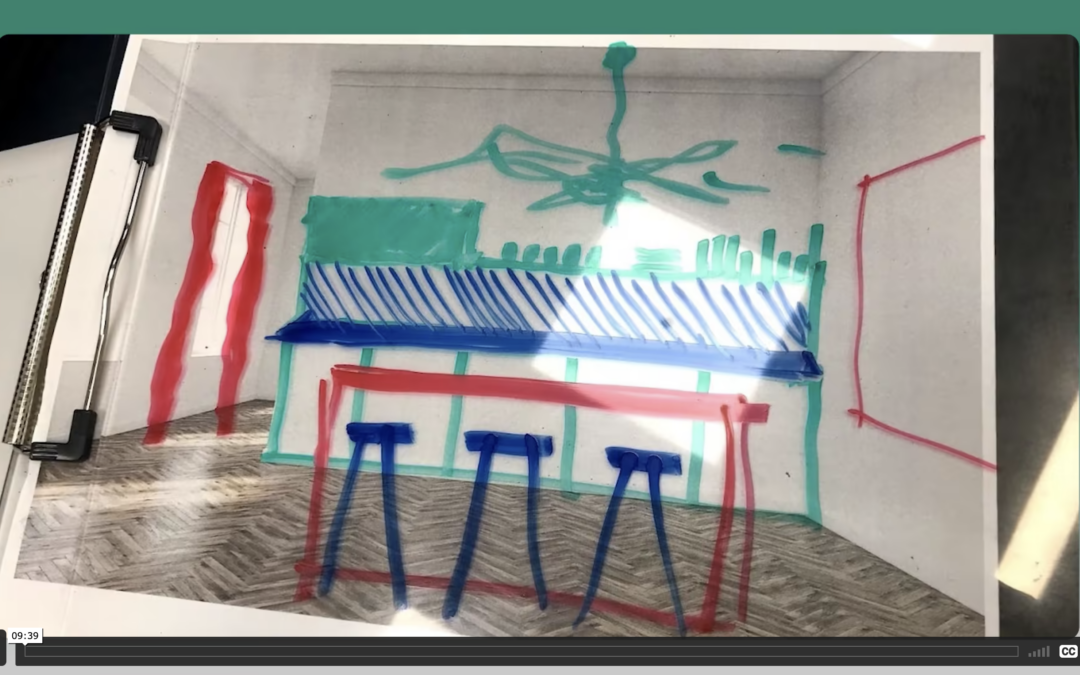“Security in cyber space should be one of the main cornerstones of economic prosperity in Iceland, resting on a foundation of sophisticated awareness of security issues and legislation.” —Icelandic National...


“Security in cyber space should be one of the main cornerstones of economic prosperity in Iceland, resting on a foundation of sophisticated awareness of security issues and legislation.” —Icelandic National...

In the last decade, Future Studies have developed a very important corpus of theory and methods aimed to analyze the future of cities. Meanwhile the world is confronted with major challenges like climate change, global pandemics, migration, inequality and poverty, government agencies, professional...

In this case study we use ethnographic outcomes from the study of the employee population of IBM, to inform new experiences for improving civic engagement in the resident population of Austin, Texas. In doing so, we experiment with a technique in speculative ethnography that uses research insights...

Applied ethnography practitioners are often charged with learning from existing or potential customers, for a product that is either familiar to them or close in nature to what they have used before. There are particular challenges for emerging technologies, where the market is much less defined....

Transmuting the entanglement of situations, contexts, artifacts and people, designers mediate the relationship between ‘what could be’ and ‘what is’. All design, then, has an implicit relationship with the future. Latency will always exist as part of this relationship, between the inception of a...